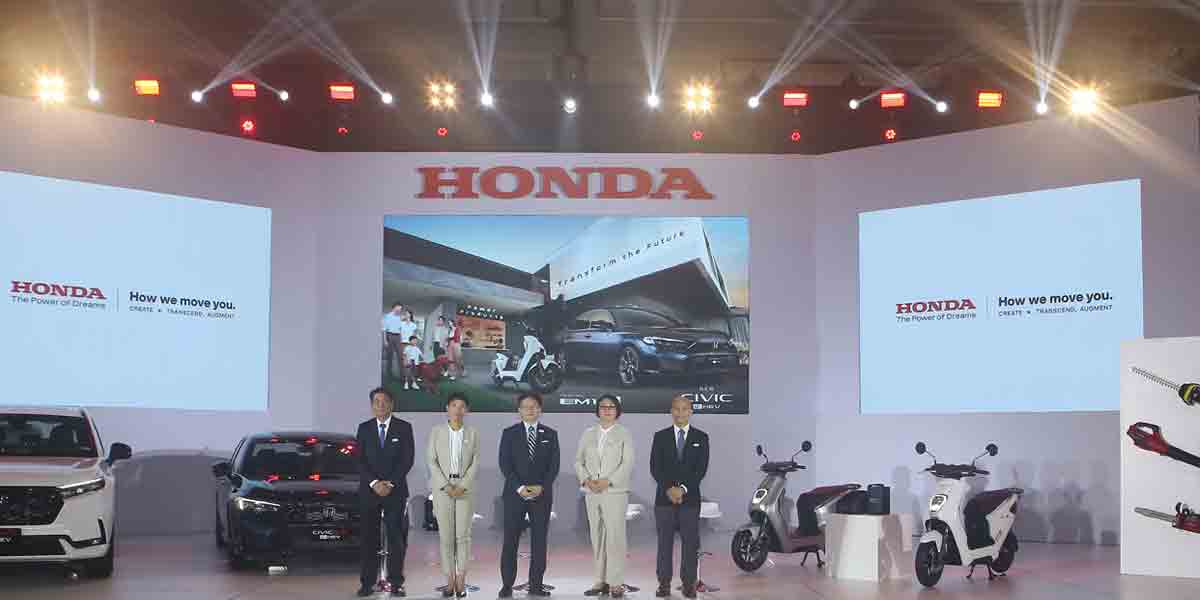There will always be niche audiences for the peculiar vehicle or two.
Just a few years ago, Hyundai also came out with what would become a rather odd-looking piece of machinery. The Veloster, right from the get-go, either drew an audience, or had people walking past to the next car on display. This is not to say that it underperforms, though. So what was it? Was it the strange asymmetrical design (read a door on the left, two on the right)? Was it the gaping grill? The odd overall shape of the car? Was it the seemingly underwhelming engine because of a dual clutch transmission that couldve been better?
All of those questions are moot as we speak, because the new generation Veloster has already been released by Hyundai. Our mission: to find out if a new niche could catch on, and if the new Veloster Turbo is worthy of a second look, and deserving of a wider following this time around.
Lets start with how it looks. Compared to the previous generation, Hyundai got it right for the all-new Veloster. I had my time with the previous-gen Velo and let me tell you, it had an odd mix of sharp angles and round panels then. This time around, they trimmed the fat and stuck with the pointed, angular finishes.
No awkward bulges here as the Velosters lines seamlessly blend right into every panel, every corner. Gone, too, is the gaping grill and is now replaced with a unit that is probably just as wide, but with a much sharper, hexagonal design. With the top angle molding into the headlamps and the lower angles giving way to what used to be foglight housings, it all but gave the car a more menacing look to it. Major brownie points for that!
The Veloster maintains its 3- (or 4-) door design: a drivers side door on the left, and a front and rear passenger door on the right. This is a niche model: it’s not mainstream. In a world of symmetry, this design philosophy is rare. It’s not awkward but it’s also not unattractive. For the novelty, I think it just fits. Speaking of the doors, the tailgate leaves a bit to be desired. Granted that the trunk space is very good relative to the cars size, but the tailgate couldve been just a tad bit bigger to accommodate more vision from the rearview mirror. Room for improvement here, but that’s what’s expected of a Kammback.
A particular update I like with this Velo is the set of black 18-inch alloys, and the black skirts with silver trim. Sporty yet classy. Overall, it gives you an inkling of what the car is, and what it is truly capable of, but well get to that later.
When you get inside, thats where more of the changes come in. Everything is driver-centric, everything is placed with purpose and ease in mind, and everything screams ergonomics. From the adjustment of the steering wheel, the pedal placements, the paddle shifters, the angle of the climate control buttons, it is all within easy reach. Add the fact that Hyundai decided to put in some red trim and lines on the dash, gauges, and seats, then you do have yourself a pretty beast of a machine in your hands.
Its not hard to find a good seating position, but one glaring thing is that the recliner is activated by a manual lever. An all-power seat could be a good standard for the next generation, but its not a deal-breaker by any means. What does need a thorough makeover, though, is the abundance of plastic. No soft-touch plastic here; instead, the interior is clad with the hard black material everywhere. At its price point, it should be expected that a bit of posh should be thrown in, and this is one thing wed like to see much less of in the future. Soft-touch plastic next time, perhaps?
Lets get on to how it is as a passenger, shall we? Entry and exit from the front seats are surprisingly easy. With its rather low ride height, I was expecting my husky self to have a bit of a struggle getting in and out, but that was not the case. The backseat and its passengers will be a different matter, though. I think the rear door is just a little too small, making it hard to get in and out of the back. Also, the center of the backseat made way for a cup holder, so for whoever will be sitting behind the driver, that makes it all the more difficult to get to your seat. Two people, maybe three at most is ideal for a car such as the Veloster, I reckon. Its a small(ish) car so dont expect to pack as many people in as you normally would.
Now, what about when you get behind the wheel? Ill be straightforward: it is fun. Earlier we mentioned that for a turbo mill, the previous Veloster seemed rather bland. Underwhelming, even. That was in most part due to what we described as a confused dual clutch transmission. It struggled to find, stay, and move into the correct gear, and we just cant seem to maximize what power and torque the engine inherently had.
Not anymore! In as much as Hyundai got it all right in the looks department, they also solved this problem all too well with this new Veloster. In all four driving modes (Normal, Sport, Eco, and Smart), there was no jitter, no confusion. It was just fun. In the city, it can be your sedate cruiser, but when you let loose on open roads, this Veloster sounds and feels like an unbridled horse compared to its predecessor. Whatever power Hyundai meant for you to enjoy, whatever torque they wanted you to feel, its all in there this time. Yes, Ill say it: you have a well-capable performance vehicle in the Veloster, no question.
The suspension leans closer to the stiff side for better turn-ins, but it’s not harsh. The car still blasts through straights and carves corners with ease. Pair that with around 17 km/l on the highways and around 8.5-9.0 km/l in the city (both figures with spirited bursts), then you also have a faithful-to-consumption boosted 1.6 mill under your hood. Not bad at all if you ask me.
So now lets go back to the question we set at the start: is the 2019 Hyundai Veloster capable of redefining itself? Is it the coming of what it should have been from the start, an odd-looking but extremely satisfying and fun car to drive slowly or spiritedly? The answer: a resounding yes. Sure the interior bits may need work but they can be foregone because of just how much of a performer the Veloster has become.
I had a lot of apprehensions given the previous generation, but now, it was all put to rest. It may still be up there with a hefty price tag, but I believe you are still getting what you pay for. This time around, Id say its every centavo well spent. Good looks partnered with an engine that delivers as well as it (finally) should plus a comfortable ride, the Veloster Turbo may be in a niche of its own. That notwithstanding, its also a niche I wouldnt mind getting into at all. (www.autoindustriya.com)

























